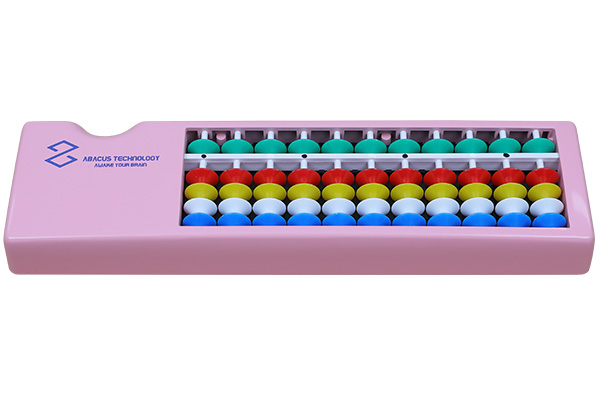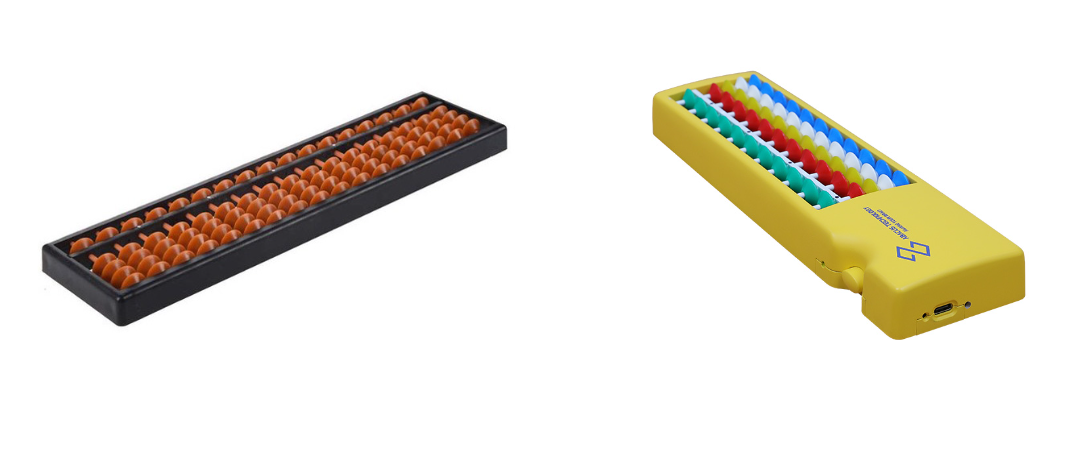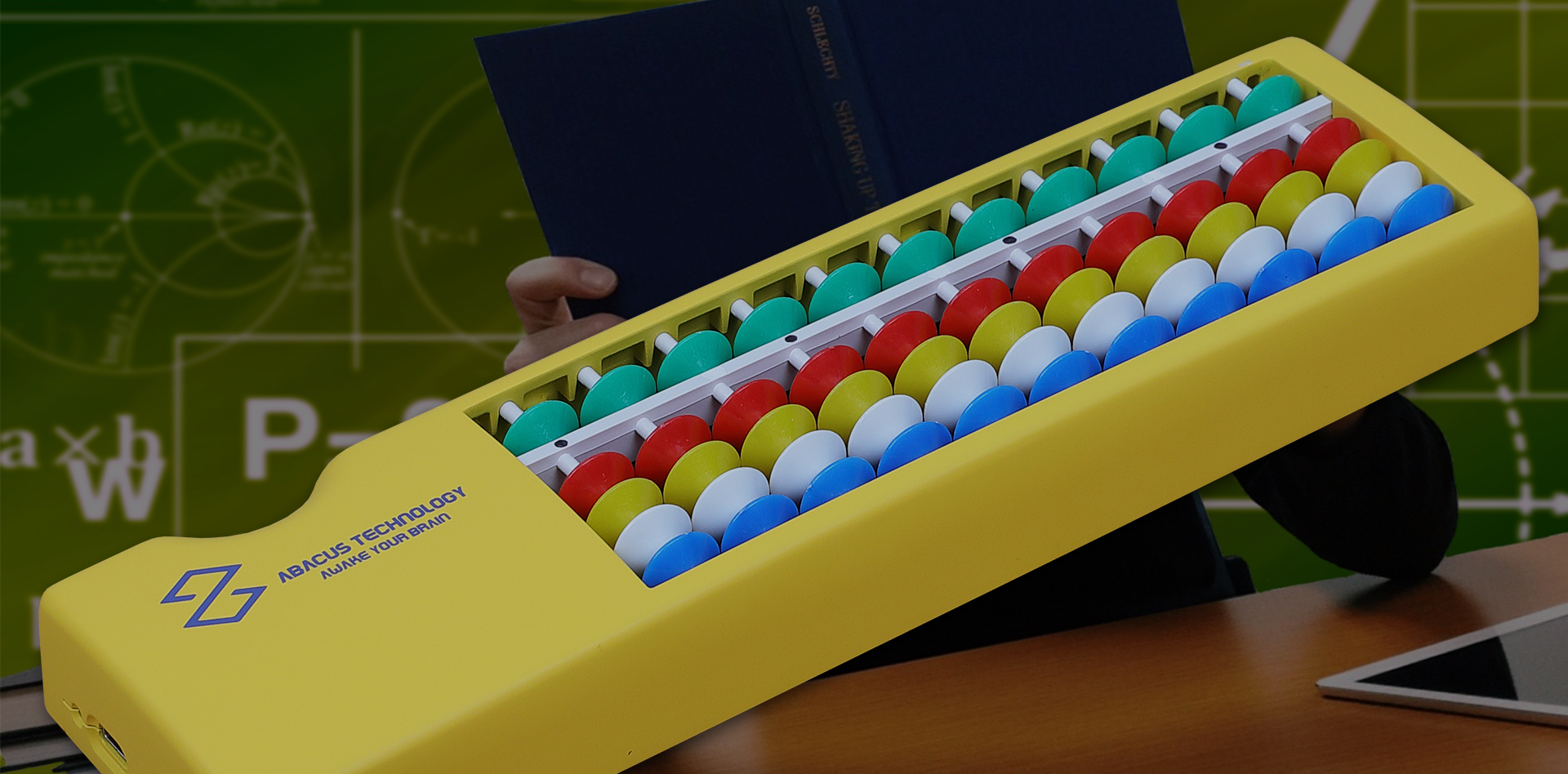What is Abacus?
The abacus, sometimes referred to as a counting frame, is an ancient calculating tool which predates the implementation of the written Hindu-Arabic numeral system. Despite being used centuries ago across regions such as the Near East, Europe, China, and Russia, the precise origins of the abacus remain unclear. Today’s abacuses frequently feature a bamboo frame with sliding beads on wires. However, the original versions would have used beans or stones which were moved along grooves in sand or on slabs of wood, stone, or metal.
There are many different designs of abacuses. Some, such as the bead frame that is divided into tens, are primarily used as teaching tools for arithmetic, though they still hold popularity as practical tools in post-Soviet states. Other abacus designs like Japan’s soroban have been employed for practical calculations that involve multiple digits. Depending on the specific abacus design, there can be numerous ways to execute a particular type of calculation. Such calculations can include basic operations like addition and multiplication, or more complex tasks such as calculating square roots.
Interestingly, some of these methods can operate with non-natural numbers such as 1.5 or 3/4. Despite the prevalence of calculators and computers in the modern world
Electronic Abacus
The world’s first electronic abacus is an advanced IT device. It features a sensor that identifies the bead’s movement and transmits data to a computer, smartphone, or tablet for abacus studies.

How the Electronic Abacus Works?
The K-Abacus works through sensors located underneath the abacus beads. Currently, the K-Abacus boasts 35 sensors across 7 rods which read the upward and downward movements of the beads.
These signals are then transmitted to devices such as PCs, tablets, or smartphones. The transmission mode can be either wired or wireless via USB+BLE, catering to both personal and group study users.
By leveraging these signals, a plethora of multimedia content can be created. This includes, but isn’t limited to, e-books, games, and so forth. Furthermore, this technology allows teachers to conduct online lessons seamlessly without any direct physical interaction with the students, enabling a smooth and efficient remote learning experience.
Comparison of the traditional abacus and electronic abacus
| Comparison | Transfer of Beads Data | Multimedia Contents | Direct connect With PC, Tablet, Smartphone. | Records of Beads Action (Hit and Error Action) | Interest of Study |
|---|---|---|---|---|---|
| Traditional Abacus | No | No | No | No | No |
| Electronic Abacus | Yes | Yes | Yes | Yes | Yes |

Why Abacus?
Enhanced Calculation Skills
The use of Abacus significantly boosts calculation skills, enabling students to perform computations both swiftly and precisely.
Encouraging Confidence
Abacus fosters a non-stressful environment for learning mathematical concepts, which in turn builds confidence in students.
Fostering Logical Reasoning
Rather than simply focusing on the retrieval of correct answers, Abacus learning aids in developing logical reasoning abilities.
Improved Concentration Levels
More than just teaching math, Abacus programs facilitate the enhancement of concentration levels.
Strengthening Mental Skills
Abacus-centered programs effectively strengthen vital mental skills, such as visualization and memory.
Promoting Creativity
By enhancing memory and creativity, Abacus aids in the development of improvised reading and writing skills.
Abacus and dementia prevention

The abacus can be a useful tool for preventing dementia and improving cognitive function in people with dementia. Abacus is a simple and effective way to stimulate the brain and improve cognitive function, memory and concentration. It requires concentration, attention to detail, and hand-eye coordination, which can help improve brain function. It’s important to note that while abacus and other activities may help improve cognitive function, there is no guarantee that they can prevent or cure dementia. However, incorporating these activities into your daily routine can help promote brain health and improve your overall quality of life.
Definition of Dementia

Dementia is caused by damage or disease in the brain that affects its ability to function properly. It is characterized by the loss of memory, communication skills, and the ability to think and reason effectively. The most common cause of dementia is Alzheimer’s disease, but it can also be caused by other conditions such as vascular dementia, Lewy body dementia, frontotemporal dementia, and others. The symptoms of dementia can vary depending on the underlying cause, but typically include memory loss, confusion, disorientation, difficulty with language and communication, and changes in mood and behavior. Dementia is a progressive condition that typically worsens over time, and there is currently no cure for the disease.
Electronic abacus and dementia prevention

It is said that general abacus can help prevent dementia, but it is done using old-fashioned textbooks and teaching materials. The electronic abacus and its contents are expected to prevent dementia with various contents that can arouse more interest and be effective for patients with dementia in the early stages.
